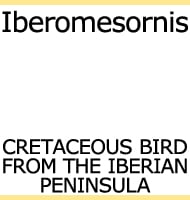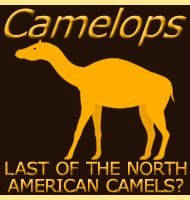Iberomesornis
In Depth The name Iberomesornis is often translated to English as ‘Spanish intermediate bird’, but the first part of the name is actually in reference to the Iberian Peninsula (also just called Iberia) which includes not only Spain, but Portugal, Andorra and part of southern France as well. At the time of writing however, Iberomesornis … Read more

